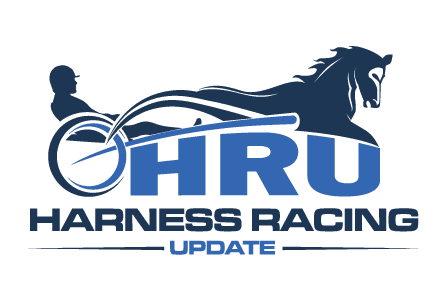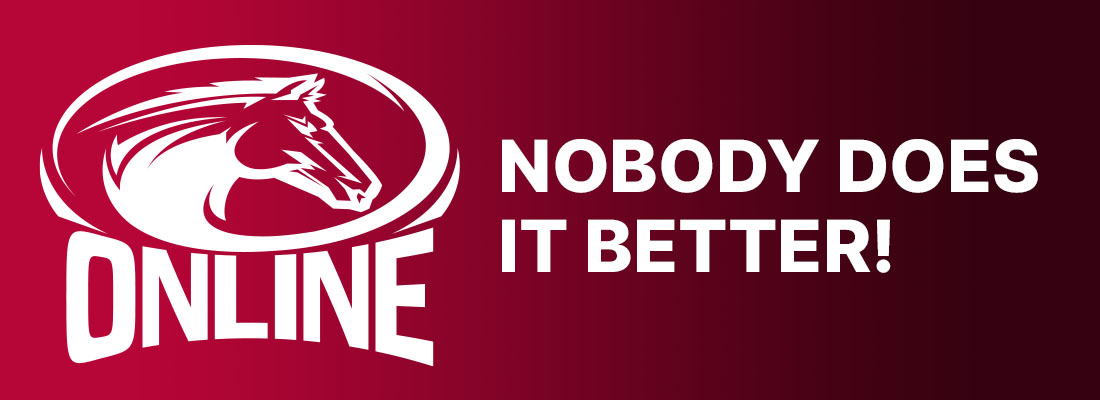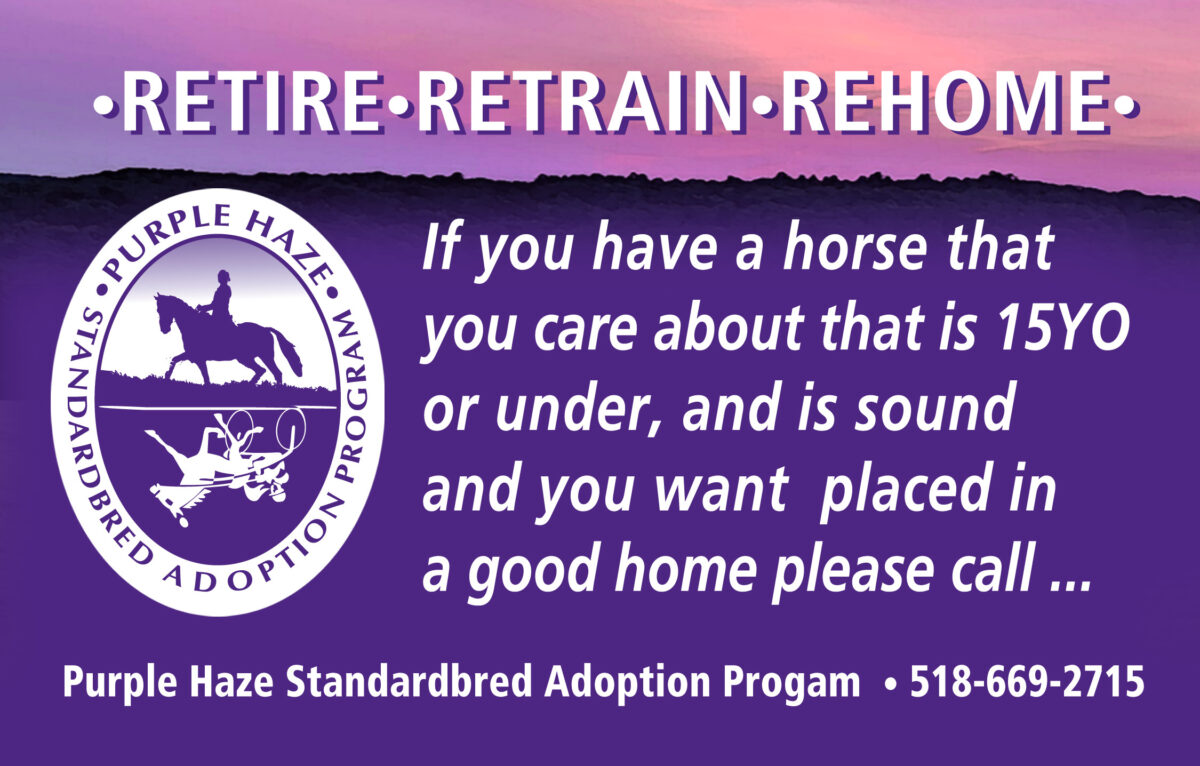Searching for innovators
by Trey Nosrac
Some people constantly concoct new business ideas in their minds, or they imagine methods to innovate and rejuvenate old businesses. An innovative mind just cannot let sleeping dogs lie. From stupid to sensational, from tiny tweaks to massive projects, ideas scroll through the mind of an innovator on an endless reel, and then, one day, an innovator will harness an idea and take it for a spin.
We have innovators in the harness horse racing universe. On that list are people who started the ever-growing fractional ownership businesses, online sales auctions, videocasts, and enhanced presentations of our races. This outstanding online publication was an innovation.
My harness racing proposals usually fall on deaf ears. Few readers felt an enclosed heated jog cart held promise, nor did a figure eight racetrack or a harness horse race that started with specific, staggered lanes for the first part of the race.
A few harness racing experiments of mine fizzled or were nonstarters. There was no market for selling my partially trained 2-year-old in late January instead of at a traditional auction in the fall. Marketing a well-bred mare recently in foal to a top sire using the internet was an expensive flop. Good or bad, unusual ideas are fun to try.
We need more innovators both on the micro and macro levels in our historic sport. Who are they? I have no idea, but the fates of Freehold, Pompano, and countless others should prod anyone with a hint of influence or an ounce of creativity to jump into the fray.
During the next few months, this column will propose a string of innovations waiting for an innovator ready to grab the reins. Some ideas will be foundational in scope, such as a new type of wager. Others will be ideas that can be attached peripherally to our sport, such as a podcast aired live during the first five races at a racetrack.
The ideas may seem ridiculous, but once upon a time, the mobile starting gate, the par-mutual tote machine, and watching and wagering from the palm of your hand were madness. All innovation takes is a glint of an idea and the gumption for an individual to try something unique or perceived as impossible.
The spark may appear anywhere, like driving deep in the rural countryside where the driver looks out the window and sees a decrepit farmhouse and deserted acreage with a simple “For Sale” sign tacked to a tree. Some people, thousands of people, will look out the window and think, “I’m in Nowheresville. Where is the closest gas station and a Subway?”
A dreamer, a doer, a rebel, an innovator, looks out the car’s window at that lonely, vacant farm and thinks, “Hey, what if I…?”
• Purchase this farmhouse and surrounding woods, finance it, or organize an investment group. Begin to remodel the residence and construct a large commercial storage building and a couple of classy horse barns. Next, add paddocks and fencing. Purchase traditional farm equipment and add chainsaws, stump grinders, a woodchipper, and a sturdy bulldozer to the list of must-haves.
• Then, lay out five miles of pathways winding through fields and woods. Clear paths about 15 feet wide and keep them clear.
You may suspect that I will suggest I plan on purchasing horses for the barns, then raising yearlings for the marketplace or racing them at the racetrack. You’re mistaken. For reasons of liability, you do not buy horses. You rent stall space for horse owners and charge a fee for first-class upkeep of their horses.
What goes into the warehouse? Horse-drawn historical vehicles restored or in the process of restoration. What sort of horse-drawn vehicles? Here is a short list:
Hackney coach
Simple buckboard wagon
Hansom cab
Buggy
Jog cart
Landau
Phaeton
Barouche
Brougham
Cabriolet
Gig
Brake
You do not buy or build any of these vehicles; you store them, service them, or offer a place where people can work on restoring them. What people? Avid devotees of carriages and horse-drawn travel, a niche for wealthy enthusiasts that I just invented. The idea is to hire a family to live in the remodeled house and act as caretakers. They hire employees as needed to tend to the horses (plenty of retired harness racehorses), clear the paths, and beautify the grounds.
You advertise, innovate, design, monetize, theorize, and all other factors that come with any fledgling business. You have fun going into the innovative wilderness, a wonderful place.
Creating a Mecca for devotees of early horse-driven transportation may be a big flop. Who cares? An innovator’s job is to test their thinking, work hard, believe, and hope. Win or lose, thumbs up or thumbs down, they are doing what they want. If things go south, they still have a plot of land and lovely buildings. They will think of something else: a private racetrack, an experimental farm like Leland Sanford created in Palo Alto, or a racetrack with an interactive 3d surround sound presentation. Rebuilding things and blazing new paths is what they do.
Innovators with the courage and drive to make significant changes are what our sport needs.

















